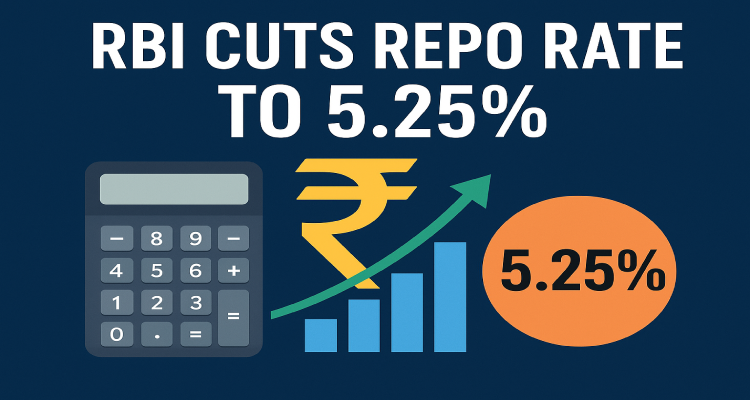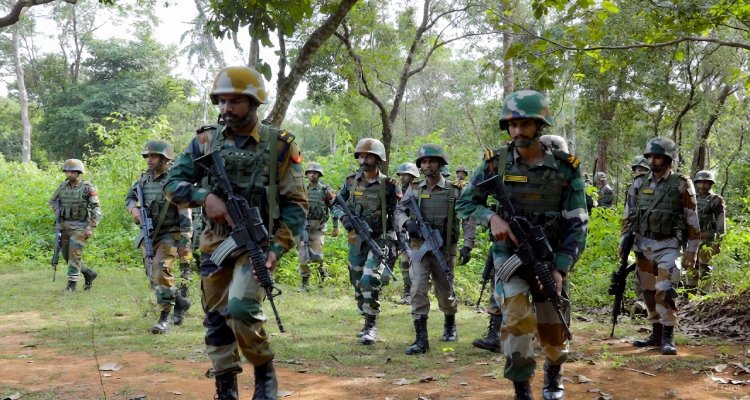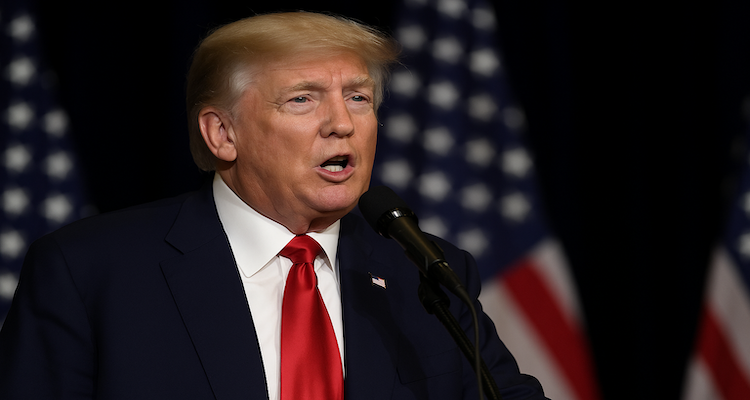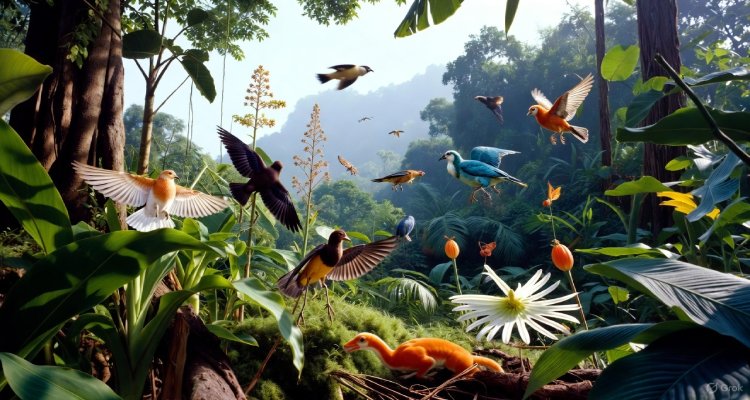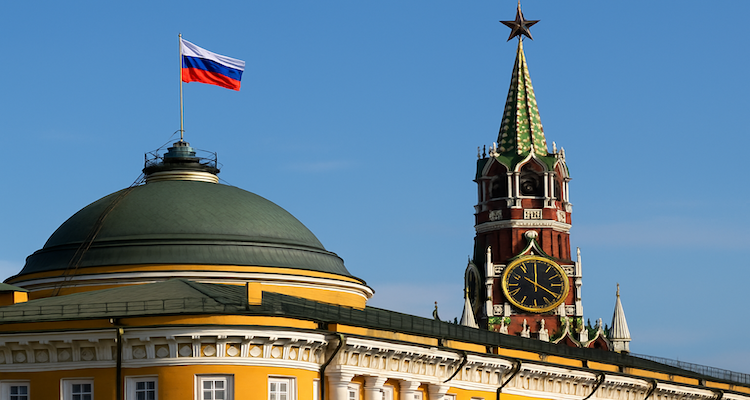India Hosts Inaugural BIMSTEC Traditional Music Festival ‘Saptasur’: Seven Nations, One Melody
India hosted the first-ever BIMSTEC Traditional Music Festival ‘Saptasur’ in New Delhi, celebrating cultural unity among seven member nations through the power of music.
Introduction: Seven Nations, One Shared Tune
In a stirring celebration of cultural diplomacy, India hosted the inaugural BIMSTEC Traditional Music Festival, titled ‘Saptasur: Seven Nations, One Melody’, in New Delhi on August 4, 2025. Bringing together musical traditions from across South and Southeast Asia, the festival was more than just a concert—it was a bold affirmation of regional solidarity through the universal language of music.
With performances from Bangladesh, Bhutan, India, Myanmar, Nepal, Sri Lanka, and Thailand, the event served as a melodic tribute to the diversity and unity of the Bay of Bengal Initiative for Multi-Sectoral Technical and Economic Cooperation (BIMSTEC) nations.
Context: BIMSTEC’s Evolving Role in Regional Unity
Established in 1997 via the Bangkok Declaration, BIMSTEC has steadily evolved from an economic bloc—originally called BIST-EC—into a multidimensional regional platform. Comprising 1.8 billion people and a combined GDP of over $4.5 trillion, the seven-member organization has expanded its focus to include 14 key areas of cooperation ranging from trade and transport to culture and technology.
India, through its “Neighbourhood First” and “Act East” policies, has been particularly instrumental in revitalizing BIMSTEC as an alternative to the stagnating SAARC framework. The decision to host the music festival was rooted in a commitment made by Prime Minister Narendra Modi during the 6th BIMSTEC Summit held in Bangkok in April 2025, reflecting India’s cultural leadership in the region.
Main Event: Saptasur Strikes a Harmonious Chord
The ‘Saptasur’ festival, curated and organized by the Indian Council for Cultural Relations (ICCR), was a first-of-its-kind initiative that showcased traditional musical forms intrinsic to each member nation’s identity.
Speaking at the inaugural ceremony, External Affairs Minister S. Jaishankar emphasized the festival’s significance:
“This event is a living example of how art and culture can transcend borders. Saptasur is not just a music festival—it’s a message of unity, collaboration, and shared heritage.”
Each nation brought its unique musical heritage to the stage:
- India enchanted the audience with classical ragas and folk tunes.
- Sri Lanka showcased Kandyan drumming and traditional chants.
- Nepal featured its Himalayan instrumental traditions.
- Thailand and Myanmar delivered intricate, ceremonial melodies.
- Bhutan and Bangladesh contributed spiritual and folk rhythms, creating a rich sonic tapestry.
The grand finale featured a collaborative performance—a specially composed piece integrating instruments and styles from all seven nations—symbolizing harmony amidst diversity.
Expert Insight: Cultural Diplomacy in Action
Cultural scholars and foreign policy analysts hailed the event as a milestone in soft power diplomacy.
Dr. Leela Menon, a South Asia cultural affairs expert, noted:
“While trade and infrastructure dominate regional discussions, cultural exchange is the soul of diplomacy. ‘Saptasur’ proves that India is using culture strategically to deepen regional bonds.”
Social media was abuzz with praise for the initiative. Hashtags like #Saptasur2025, #BIMSTECUnites, and #SevenNationsOneMelody trended across platforms in the region.
Why It Matters: Beyond Music, Toward Integration
The success of Saptasur is more than symbolic. It marks a new chapter in regional integration, especially at a time when traditional diplomatic forums like SAARC face functional deadlock.
BIMSTEC, with its strategic geography straddling South and Southeast Asia, is emerging as a crucial platform for:
- Economic corridors like the India–Myanmar–Thailand Trilateral Highway
- Disaster management frameworks in the cyclone-prone Bay of Bengal
- Digital and energy cooperation
- And now, cultural and people-to-people exchanges
The festival also supports India’s cultural economy, generating opportunities for traditional artists, composers, and event organizers.
What’s Next: Institutionalizing Cultural Collaboration
Following the festival’s success, the ICCR is exploring an annual BIMSTEC cultural calendar, including events like:
- A rotating Traditional Dance Festival
- Regional Folk Art Exhibitions
- BIMSTEC Literary Conclaves
In his closing remarks, Minister Jaishankar hinted at deeper initiatives:
“Saptasur will not be a one-time event. It’s the first note in a long symphony of regional harmony.”
There are also discussions underway to digitally archive BIMSTEC musical traditions, using AI and tech platforms to preserve, translate, and promote regional heritage globally.
Conclusion: A Symphony of Shared Futures
The BIMSTEC Traditional Music Festival 2025 may have lasted just a few days, but its resonance will likely be long-lasting. As music brought together diverse cultures and histories, it laid the foundation for a new kind of diplomacy—one that listens before it speaks.
By investing in culture as a connector, India has set a powerful precedent: geopolitics need not only be negotiated in boardrooms—it can be beautifully composed in melodies, too
⚠️ Disclaimer: This article is intended for informational and journalistic purposes. While every effort has been made to ensure factual accuracy, readers are encouraged to verify details from official BIMSTEC and government sources




